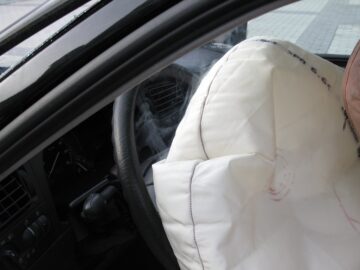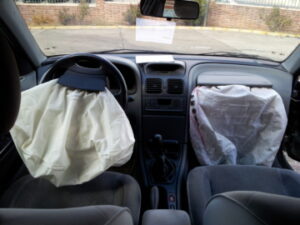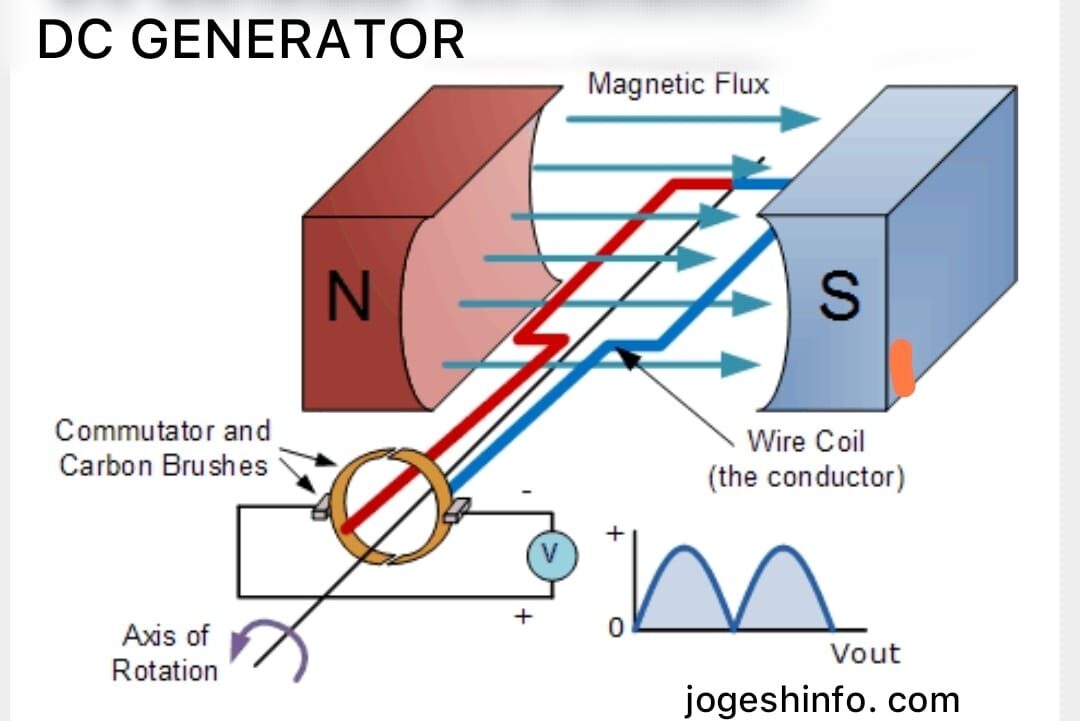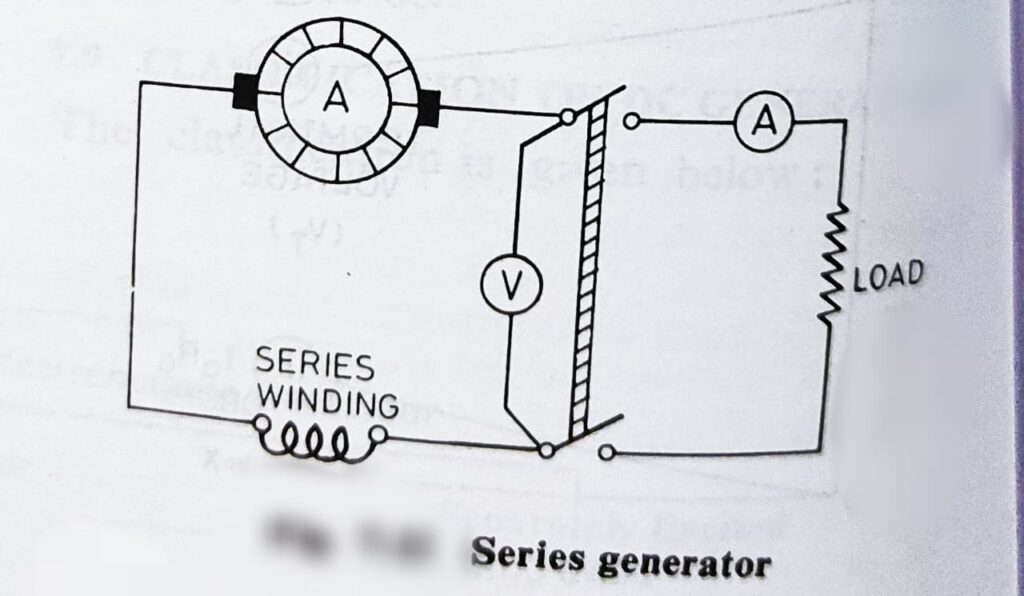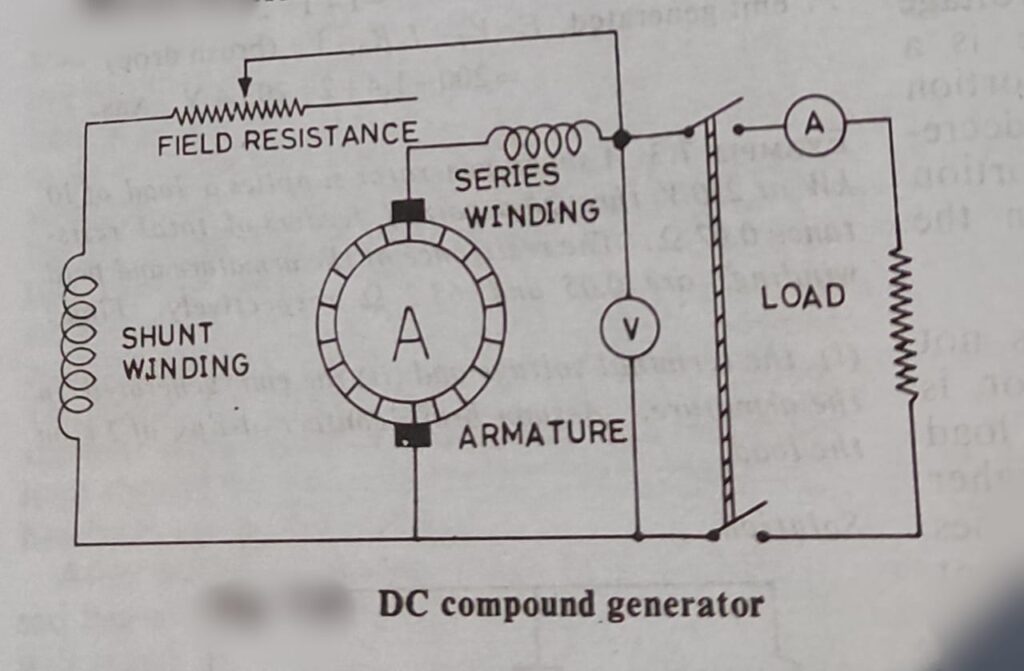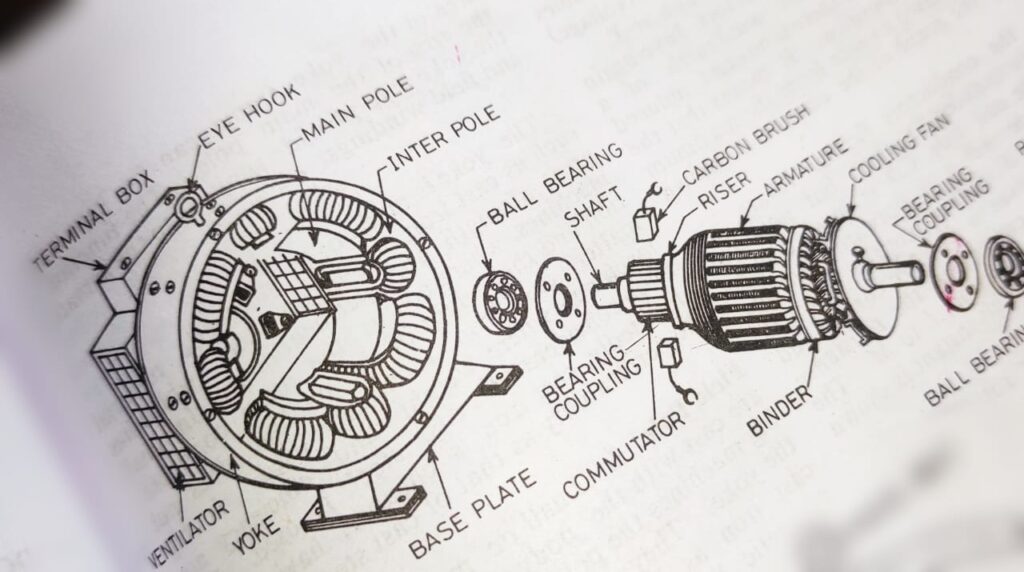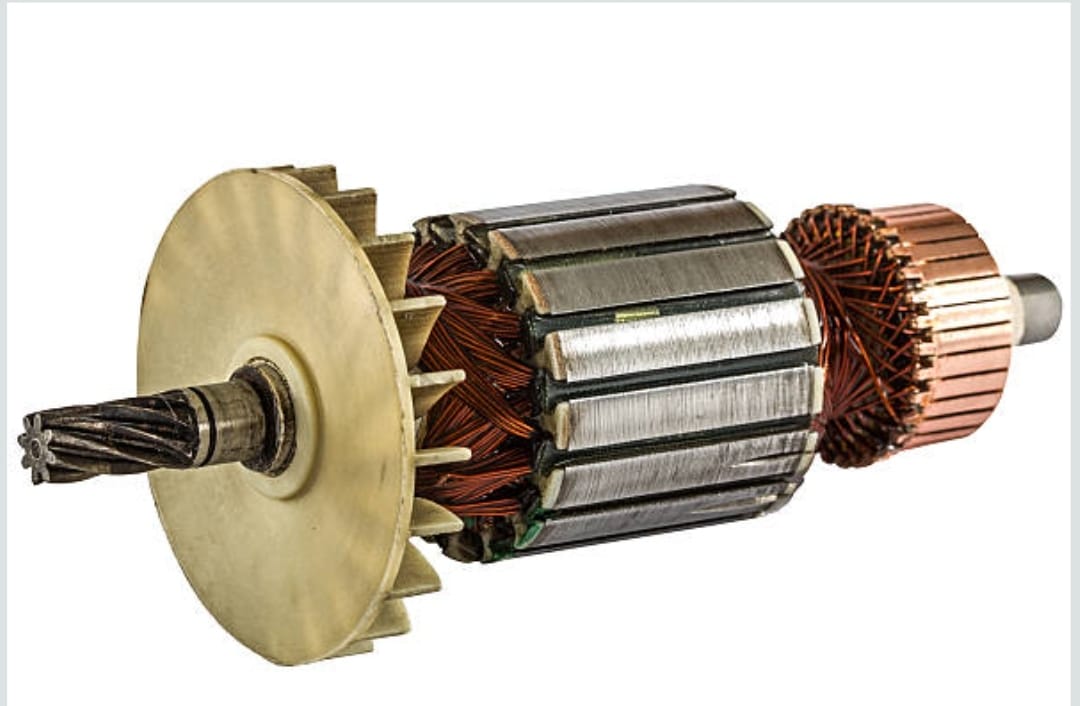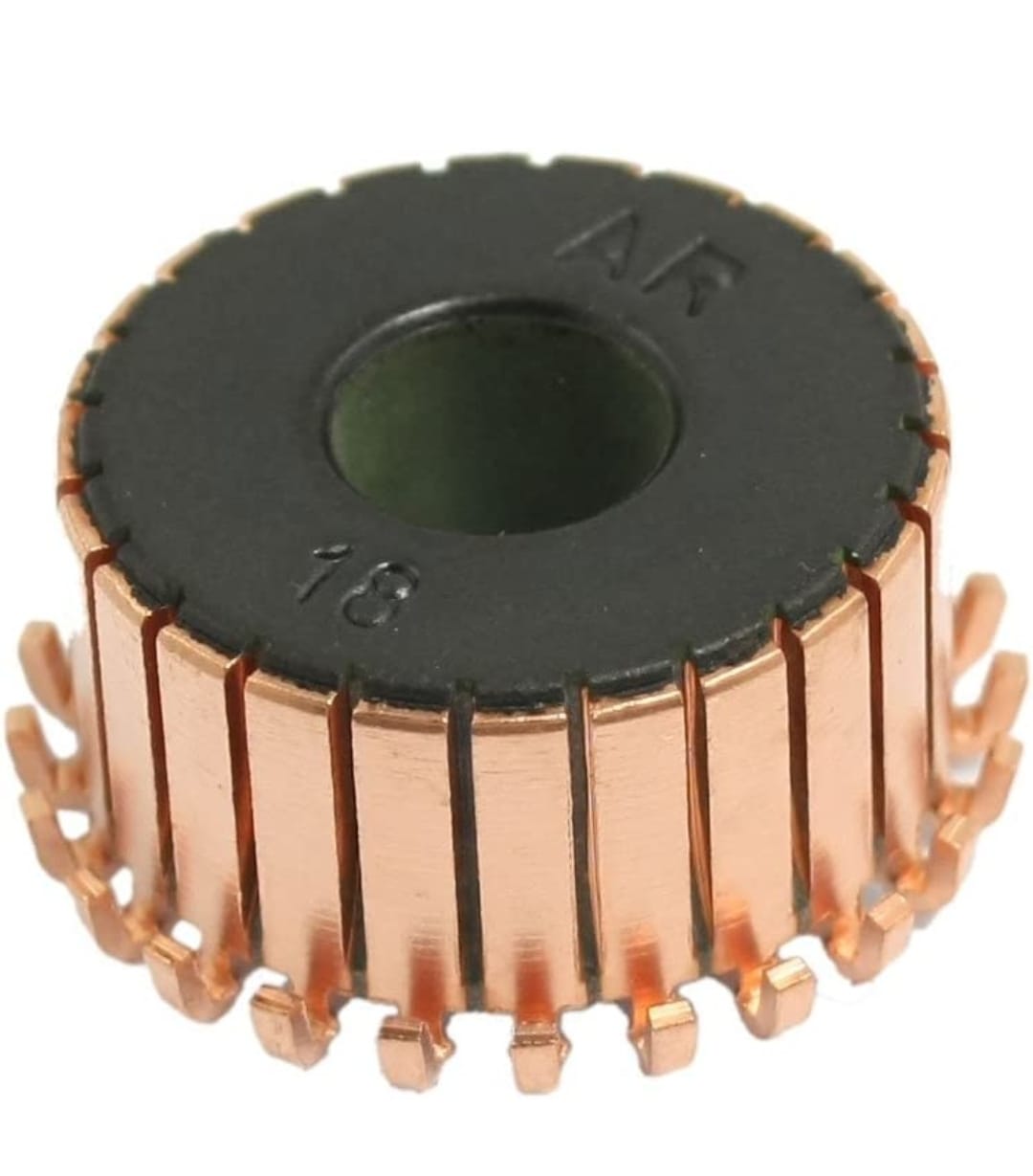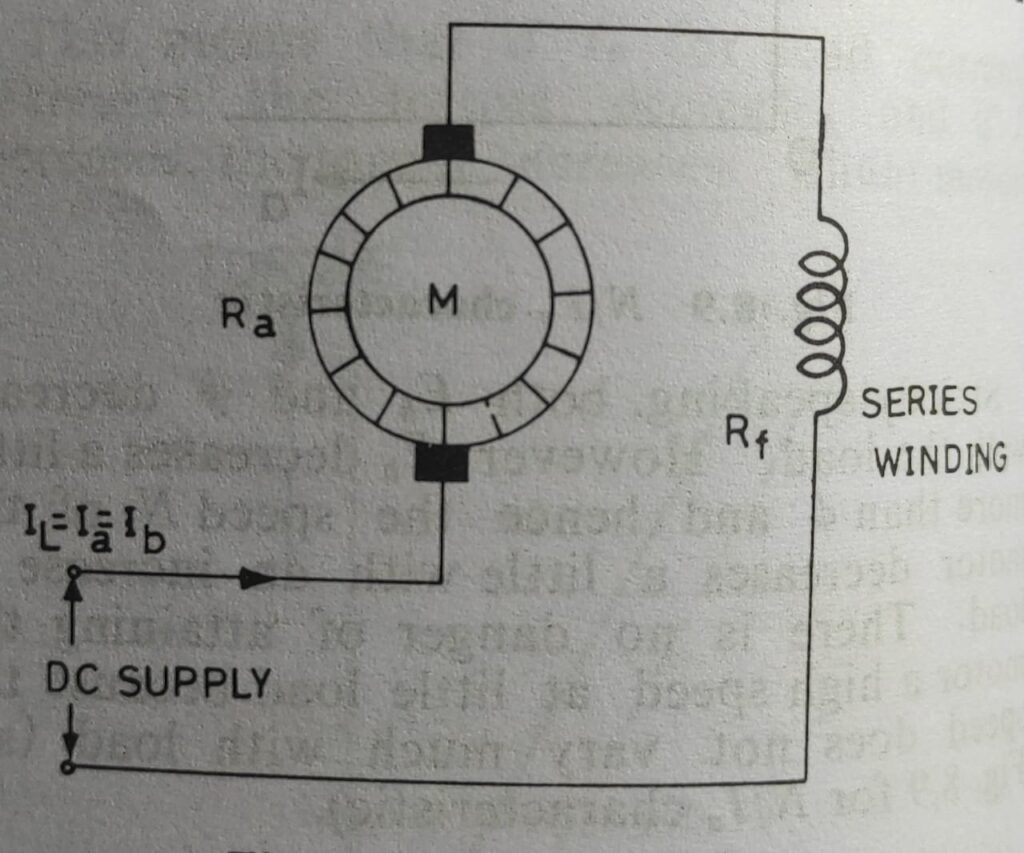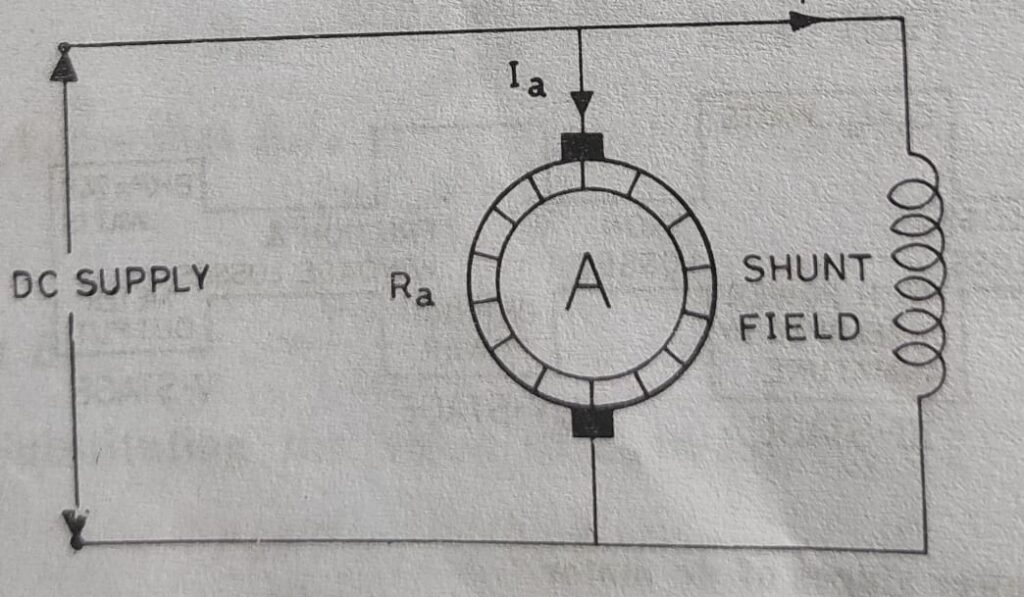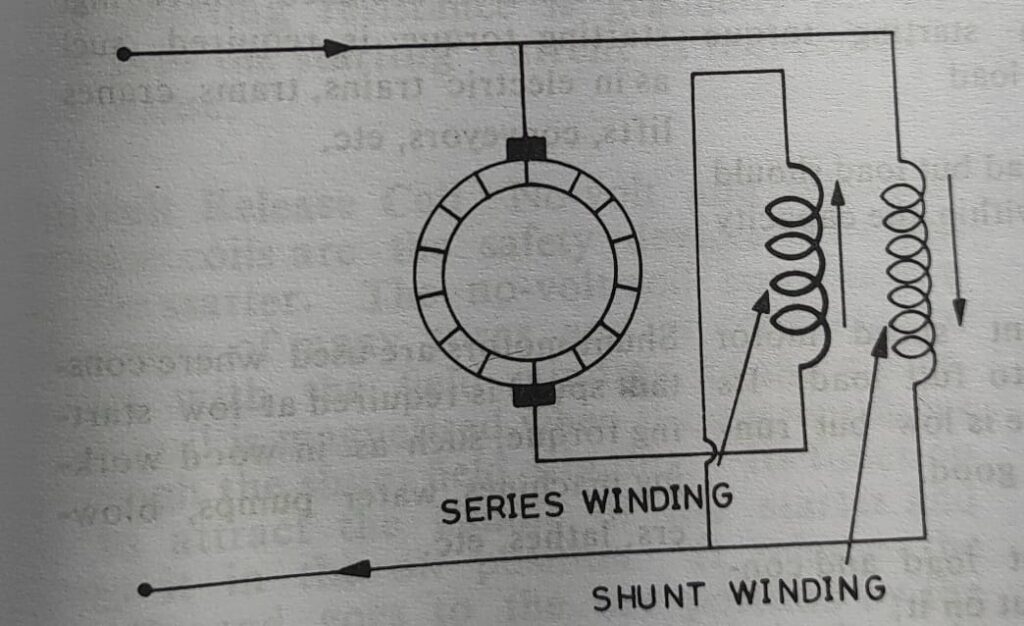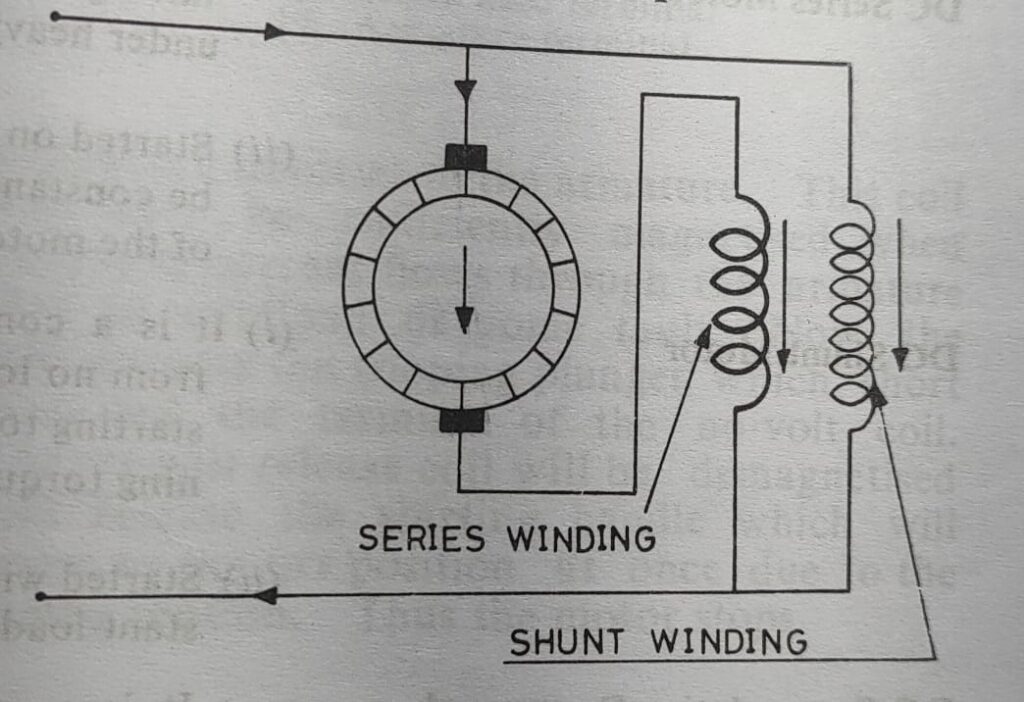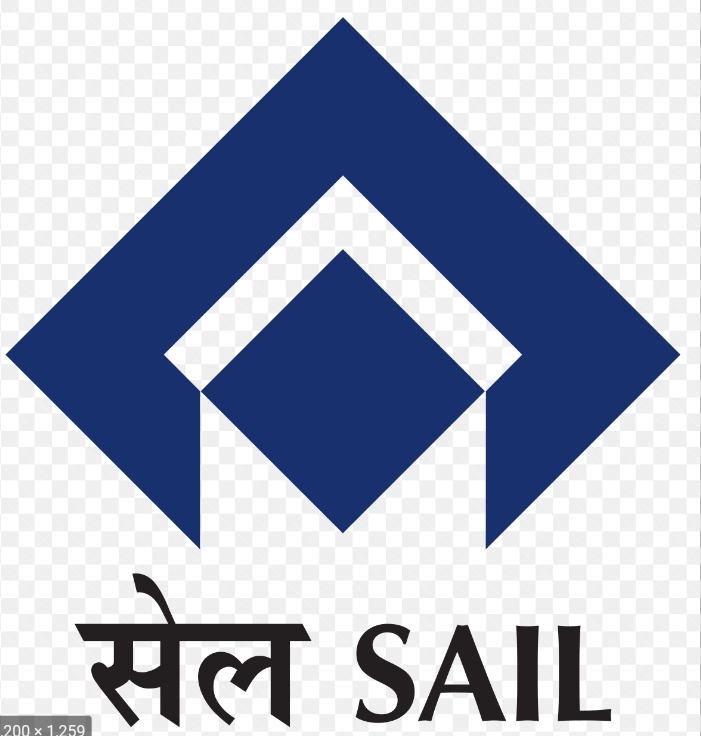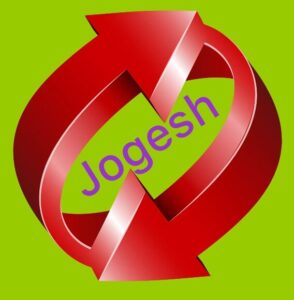What is a Compassionate Ground Appointment?
The compassionate ground appointment is a scheme that allows for the appointment of a dependent eligible family member of a deceased/ medically incapacitated/ de-categorized/ missing railway employee to a suitable post within the Indian Railways. This appointment is granted to the eligible family members to enable the family of the deceased/ incapacitated/ de-categorized/ missing to get over the sudden financial crisis.
Eligibility Criteria:
To be eligible for a compassionate ground appointment, the following conditions must be fulfilled:
- The employee must have served or be undergoing pre-requisite training in the Indian Railways.
- The death/ medical incapacitation/ de-categorization/ missing status of the employee should have
resulted in a financial crisis for the family. - The applicant for compassionate appointment should be the spouse, son, daughter, or dependent
family member of the deceased/medically incapacitated/ de-categorized/ missing employee. - The applicant must meet the prescribed educational qualification, medical standard and age requirements for the post, subject to any exemptions.
Circumstances of Compassionate Appointments:
Appointments will be made to the dependents of the Railway servants in the following cases, provided other conditions are met:
- Loss of life or total invalidation/ incapacitation in the course of duties.
- Death in service before retirement on superannuation.
- Medical incapacitation/ invalidation of an employee (upon acceptance of voluntary retirement).
- Medically de-categorized staff having at least 05 years or more service remaining on the date of being declared medically de-categorized (upon acceptance of voluntary retirement). With a condition for appointment in only level-1 posts.
- When an employee’s whereabouts are not known or the employee is found Missing, subject to applicable conditions.
Eligible Family Members for Appointment in Railways (regular employee cases):
- Spouse (wife or husband) of the employee.
- Son, Daughter (unmarried, married, widowed, divorced) including adopted son or daughter as per rules.
- If a widow/widower is unable to take up employment and wishes to nominate their minor son or daughter for the appointment, a “minor case” may be registered. The case will be kept pending until the child reaches the age of majority.
- Dependent Brother or Sister in case of an unmarried employee as per rules.
Eligible Family Members for Appointment in Railways (trainee cases):
Compassionate Appointment case: If the ward of a deceased employee, who was appointed on compassionate grounds, passes away or becomes medically incapacitated during the pre-requisite training, the spouse of the deceased employee may be allowed to nominate another ward, themselves, or the widow/wife of the deceased/medically incapacitated trainee for compassionate appointment consideration. This provision ensures that the family continues to receive support in case of unfortunate circumstances affecting the appointed ward.
In case the spouse of the deceased employee is not alive for nomination then:
a) If the deceased/medically incapacitated CGA (Compassionate ground appointed) trainee is married then the widow/wife of the deceased/medically incapacitated CGA trainee may be considered for CGA.
b) If the deceased/medically incapacitated CGA trainee is unmarried then another ward of the original employee may be considered for CGA.
ii) RRB/RRC/Open recruitment-In situations where an employee appointed against regular and substantive posts through RRB/RRC/Open recruitment passes away before completing the mandatory training required for regularization, the spouse of the trainee employee will be eligible for consideration for a compassionate ground appointment.
Application Process:
To apply for a compassionate ground appointment, follow these steps:
- The application form shall be handed over to the family members by the concerned Welfare Inspector.
- Fill out the application form with accurately, if any doubt may kind consult the sectional Welfare Inspector.
- Attach the necessary documents, as indicated in the checklist.
- Submit your application along with the supporting documents to the concerned Sectional Staff and Welfare Inspector within the specified time period.
- If required, you may also submit your application by post to the designated address
Prescribed Time for Submission of Application:
- Within 5 years of the date of death/medical invalidation etc.
- Minor son/daughter: within 2 years of attaining majority, where the case was earlier registered for appointment as minor.
Educational Qualification:
Educational qualification possessed by the ward/spouse of the ex-employee at the time of submission of application for an appointment may be considered. for qualification details may kind refer the table given below.
| Name of the post | Education qualification | Pass mark | Psycho test | Remarks |
| Graduate level posts: like Station master, Goods Train Manager, Sr. Clerk, JAA, Ch. Comml.Cum Ticketing Supervisor etc | + 3 Arts, Science, Commerce in any discipline, Any Technical graduate | 40 marks out of 100 as per present policy. | Only for Station master post. | GM approval is required for appointment in ministerial post like Sr.Clerk and JAA. |
| Under Graduate level post: like Jr.TNC, Jr.Comml Cum Ticket Clerk, Jr.Clerk, Accounts Asst. Technician-III, ALP | + 2 Arts, Science, Commerce in any discipline, Any Technical graduate. For ALP post ITI, diploma is required | 40 marks out of 100 as per present policy. | Only for ALP post. | GM approval is required for appointment in ministerial post like Jr.Clerk and Accounts Asst. |
| JE (Mech./Civil/S&T/Elect. /Engg.), DMS (Depot Material Superintendent) | Technical graduate in concerned discipline, | 60 marks out of 150 as per present policy. | Not applicable | DRM is empowered to consider such posts. In Terms of RBE No. 181/2018. |
Rules related to acquiring educational qualification. Related RBE No. 100/2019 & RBE No.21/2023.
a) If the candidate is a major at the time of death/medical invalidation of the ex-employee and is already admitted to a course, then he/she shall be allowed to complete the course (subject to a maximum limit of 5 years for completion of course) provided he/she takes due permission of Railway Administration and his/her case for appointment would be considered according to the qualification so acquired. Pursuing a course other than that to which the candidate had already been admitted at the time of death/invalidation of the late/ex. employee will not be allowed/counted for this purpose.
b) If the candidate is minor at the time of death/medical invalidation of the ex-employee but at the time of his/her attaining majority, he/she is already admitted to a course, he/she shall be allowed to complete the course (subject to a maximum limit of 5 years for completion of course) on taking due permission from Railway Administration and his/her case for appointment would be considered according to the qualification so acquired.
N.B. Widow/wife of late/ex-employee who does not possess the requisite minimum educational qualification may be considered against level-1 post subject to some on-job training. Related RBENo.51/2018.
Age Requirements and Relaxations:
i) 18 years of age should be completed for applying for an appointment in Railways on compassionate grounds. The lower age limit may be relaxed up to one year with the personal approval General Manager in merit of the case.
ii) If the candidate not completed 18 years of age he/she should be registered his/her case for employment assistance as a minor case.
iii) The Upper age limit may be freely relaxed at divisional level and DRM is empowered to relax upper age limit on the merits of the cases. Related RBE No. 145/2018.
Selection Procedure:
The selection procedure for compassionate ground appointments involves the following steps:
a) Verification of documents: like genuineness of educational certificate, caste certificate, legal heir certificate.
b) Assessment of financial condition: The financial condition of the family will be assessed to determine the level of crisis faced as advised in RBE No.03/2009.
c) Consideration by the competent authority: The application will be reviewed by a competent authority to assess the suitability of the applicant for appointment.
d) Passing the medical examination: The applicant must undergo a medical examination at the Divisional Railway Hospital and meet the prescribed medical standards. For appointment in ALP post one has to passed A-1 medical standard and for SM (station master) & GTM (Goods Train Manager) post one has to passed A-2 medical standard. However if one candidate found lower than the above medical category he/she will be provided one post in railway definitely according to the medical standard.
e) Suitability test and screening: If the applicant is aspiring for a post of Level-2 (7th CPC) or above, a suitability test based on educational qualifications will be conducted. Upon qualifying the suitability test, the candidate will undergo a screening process.
f) Issuance of appointment letter: If the above steps are satisfactorily completed, the offer of appointment shall be issued to the eligible candidate.
Time Limit for Consideration of Compassionate Ground Appointment:
Such cases not received within the prescribed period of 5 years from the date of death /medical invalidation or within 2 years of attaining majority will be considered as per the following schedule.
- Beyond 5 years and upto 20 years Divisional Railway Manager
- Beyond 20 years and upto 25 years General Manager
- Beyond 25 years Railway Board
Suitability Test:
The suitability of a candidate for an appointment on compassionate grounds is assessed through a monthly written test conducted specifically for this purpose. The written test serves as a means to evaluate the candidate’s suitability for the available post.
Note: For appointment in Level-1 posts in compassionate ground appointments, there is no suitability test or written test conducted only suitability of candidates is assessed by one APO as per present policy.
Number of Chances for Appearance of written test
The following number of chances to be given to the candidates for appearing suitability test for Group C posts (Level-2 and above) in Railways for appointment on compassionate ground .
- Wards/wife/widow- 2nd chance can be provided with approval of DRM at divisional level.
- Widow/wife- 3rd & 4th chances will require the personal approval of the General Manager
- Wards – 3rd chance will require the personal approval of the General Manager
N.B:- Wards are not provided 4th chance. If they remain unsuccessful in 3rd chance they will be considered for level-1 post automatically.
Grade of appointment:
Compassionate ground appointment is always made in recruitment grade that means against direct recruitment quota. Appointment can not be made in intermediate grade.
Transfer to other Railways/Division:
In case a request is received from the candidate for appointment on another Railway/Division his/her case may be transferred to that Railway/Division after the approval of the Competent Authority. Assessment of suitability may be done by the Railway/Division where the candidate is to be appointed. Only admissibility of the case is checked at the parent division/Railway. Related RBE No. 134/2018.
Priorities in Making Appointments:
The following should be the order of priority to be followed while making a Compassionate Grounds Appointment (CGA) in Railways:
Priority Occasion Time limit for CGA
- Dependents of employees who die or are permanently crippled in the course of duty 1 month
- Dependents of employees who die in harness as a result of railway or other accidents when off duty 3 months.
- Dependents of employees who are medically incapacitated/de-categorised and opt for voluntary retirement and other cases (3 months).
Appointment is NOT a Right:
(Hon’ble Supreme Court judgment in the case of Sri Umesh Kumar Nagpal Vs State of Haryana) [Estt. Sl.No. 72/95] The whole object of granting compassionate ground appointments is to give relief to the family of the bereaved person from a sudden crisis. Hence, the appointment of compassionate appointment should be considered after the assessment of the liabilities of the family.
20. Checklist of Documents to be attached with the application for Appointment:
- Employment assistance Application form
- Death certificate, Termination order of the ex.employee/VR order .
- Legal heir/Family member Certificate/Medical Identity card copies(UMID Card)/Pass Declaration Certificate
- Education Qualification Certificate(10th or Equivalent /Inter-mediate/Degree etc) copies-Provisional Certificate including mark sheet can be considered
- Date of Birth Declaration by illiterate Widow (vide Affidavit). In case of wards birth certificate.
- Discrepancy if any in the following and clarification through Declaration/Affidavit
- i) Name/DOB of the candidate, ii) Name of the Ex-Employee
- In the case of 2nd marriage, it should be certified as legally valid duly enclosing relevant documents.
- In the case of an adopted Son/Daughter, valid adoption deed and registration copies etc. Valid in the sense the adoption deed should be executed before death/invalidation of the ex.employee. further the same is to be verified from one law officer in regard to it’s validation.
- Voter ID, Ration card(if any)
- In delayed cases, the reasons for the delay are to be submitted by the applicant
- Movable/Immovable properties details, Spouse employment details to be furnished
- Aadhar card and PAN card of the applicant
- e-mail id and contact number to be provided
Model Question paper for Group C suitability test
Competent authority to make appointment on Compassionate Grounds.
The powers for making compassionate ground appointment have been delegated to DRMs/CWMs. But some certain cases approval of GM/Railway Board has been obtained.
General Manager permission is to be obtained in the following cases.
- In case of appointment to the married / divorced / widowed daughter.
- In case of appointment of wards of casual labour.
- Relaxation of lower age limit up to one year.
- Third chance to the widow/wards and 4th chance to the widow for appearing the written test on compassionate ground.
- In case of appointment of gazetted officers.
In certain cases permission of Railway Board has also been required. These are as follows.
- Relaxation of educational qualification.
- Relaxation of lower age limit beyond one year.
- Fixation higher pay and any other extra pay from the normal pay rule.
- Time bared case more than 25 years.
Disclaimer:
Please note that the information provided above is general guidelines. The rules and regulations are revised from time to time by Railway Board and Zonal Head Quarters hence it is requested may kind refer the up to dated circulars and guidelines that has been issued from time to time. One can have no claim to the information provided in this website its meant only for information purpose.
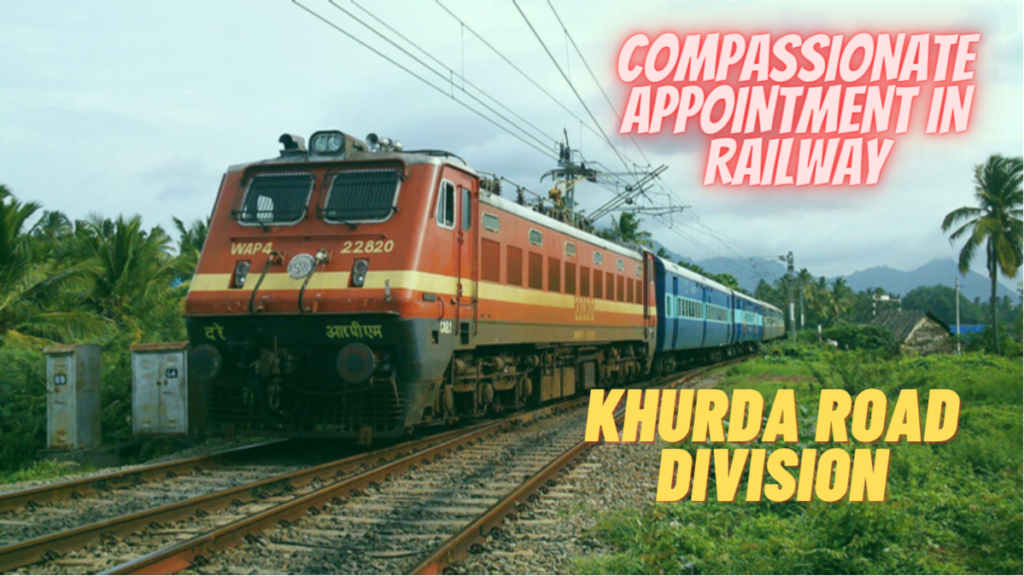
Picture credit goes to Google.com


